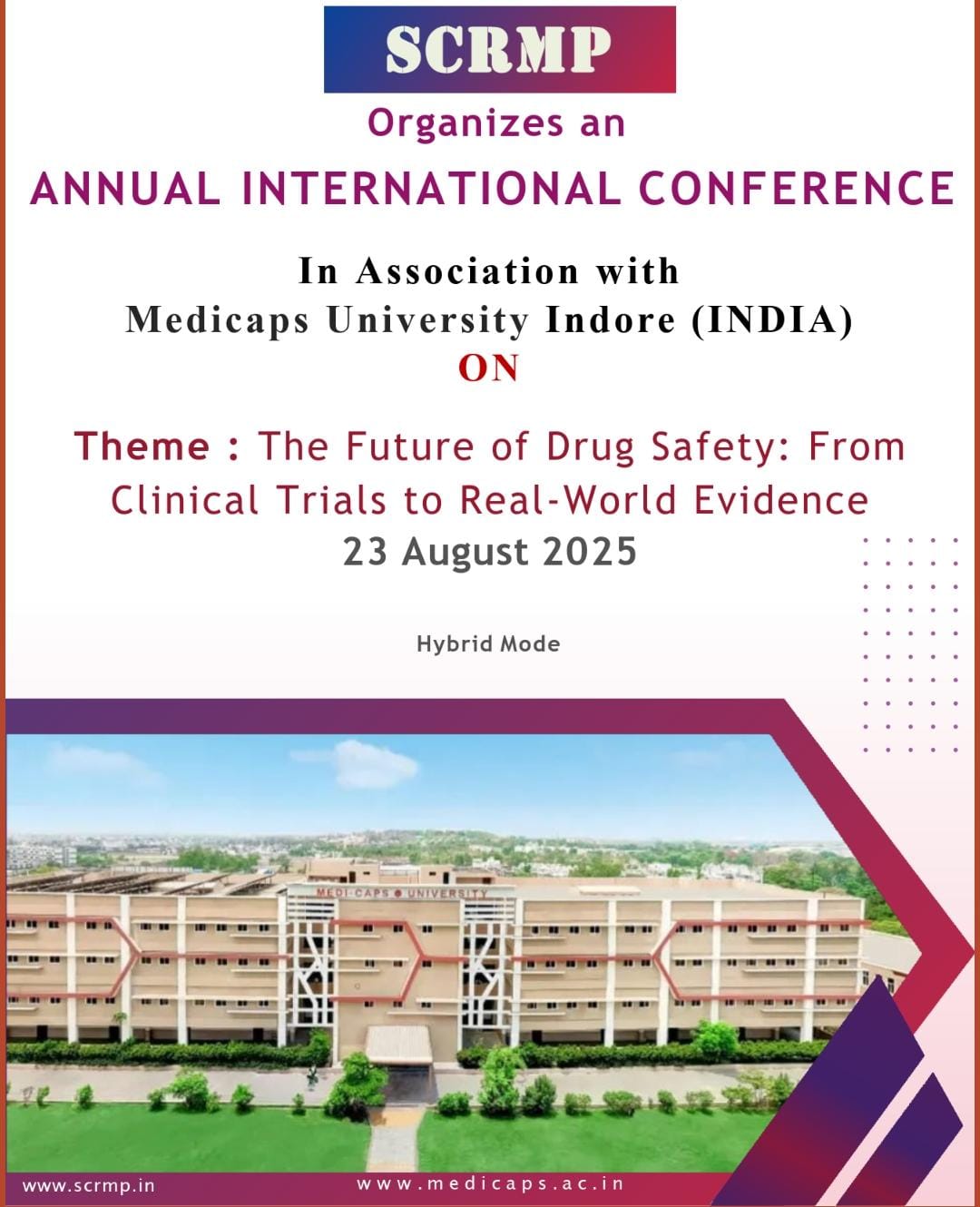TAVI: Advanced heart care for complex health conditions
August 03, 2024 | Saturday | Views | By Sharad Chandra, Professor, Lari Cardiology, Lucknow and Dr Naveen Jamwal, Professor (JR), RML Hospital, Lucknow
Transcatheter Aortic Valve Implantation (TAVI) has emerged as a treatment for severe aortic stenosis (AS)
Image caption: Left to right- Dr Sharad Chandra, Professor, Lari Cardiology, Lucknow; Dr Naveen Jamwal, Professor (JR), RML Hospital, Lucknow
1) Transcatheter Aortic Valve Implantation (TAVI) has emerged as a revolutionary treatment for severe aortic stenosis (AS), particularly benefiting patients with comorbidities like diabetes and hypertension. These patients face heightened surgical risks and complications, making TAVI's minimally invasive nature a crucial alternative.
TAVI involves inserting a new aortic valve via a catheter, typically through the femoral artery (artery in the leg), thus avoiding the need for chest opening. This approach significantly reduces surgical trauma and accelerates recovery, making it an ideal choice for high-risk patients. For diabetic patients, TAVI’s reduced infection risk and faster healing times are particularly beneficial, as their condition often impairs wound healing and increases susceptibility to infections. Hypertensive patients also benefit from TAVI due to the procedure’s ability to minimize cardiovascular stress, resulting in fewer complications and a smoother recovery process.
The advantages of TAVI extend beyond the operating room. Patients who undergo TAVI typically experience shorter hospital stays and quicker recoveries. This is especially important for those with comorbidities, as prolonged recovery can aggravate existing health issues. Post-TAVI, many patients report significant improvements in cardiac function and overall quality of life, with minimal impact on their other health conditions.
India’s high prevalence of diabetes and hypertension underscores the necessity for advanced medical solutions like TAVI. With approximately 77 million adults living with diabetes, India ranks second globally, trailing only China. Urbanization, changing lifestyles, and genetic predispositions further intensify this health crisis. Therefore, the demand for safer, more effective treatments like TAVI is increasing.
-By Dr Sharad Chandra, Professor, Lari Cardiology, Lucknow
2) Dealing with heart surgery in obese patients can be tricky because of extra tissue and other risks like prolonged recovery, heightened infection risk, and added strain on the cardiovascular system. TAVI, a less invasive procedure, offers a great solution. It involves inserting a new heart valve through a catheter, a thin flexible tube, typically via the femoral artery in the leg, and guiding it to the heart, reducing risks and speeding up recovery and improves outcomes for obese patients with Aortic Stenosis (AS).
I recently encountered a particularly challenging case involving an obese patient with severe aortic stenosis (AS). Given the patient's condition, I chose Transcatheter Aortic Valve Implantation (TAVI) because of its minimally invasive nature, aiming to reduce the surgical risks significantly. This method allowed us to avoid large chest incisions, minimize the risk of infection, and reduce the stress on the heart. The patient's smooth recovery reaffirmed TAVI's effectiveness in such complex cases.
The benefits of TAVI for obese patients are significant. By avoiding large incisions, it lowers the risk of wound infections and speeds up healing, which is crucial for those prone to slow recovery. This procedure also reduces the risk of heart attacks or strokes.
For obese patients, TAVI ensures quicker recovery, facilitating early hospital discharge and faster return to normal activities. This approach is vital in managing conditions like diabetes and hypertension. TAVI's minimal invasiveness minimizes surgical risks, ensuring safer procedures and better outcomes in treating severe heart problems among high-risk individuals.
-By Dr Naveen Jamwal, Professor (JR), RML Hospital, Lucknow
DISCLAIMER: The views/suggestions/opinions expressed in the article are the sole responsibility of the brand concerned this should not be considered a substitute for medical advise. Please consult your treating physician for more details.










